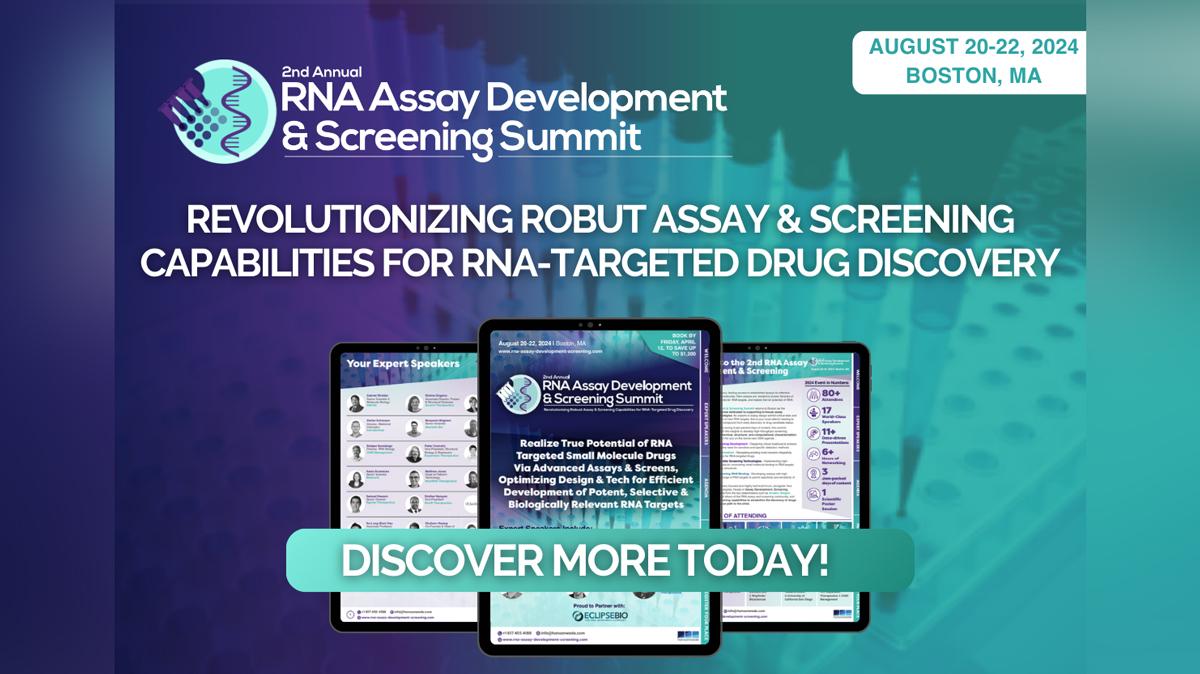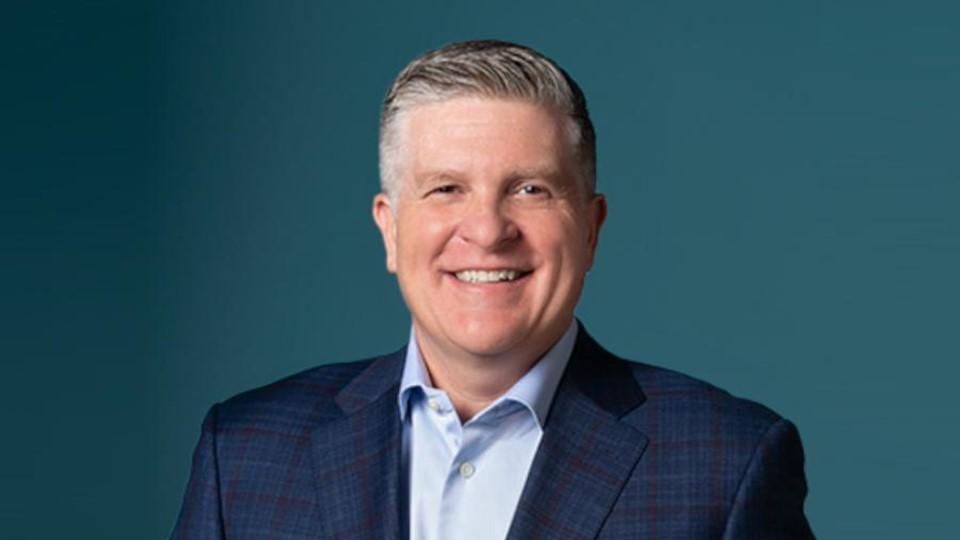Pharma and patient communities interacting

Jeanne Barnett
Medrise.com
As a patient advocate and the owner of an active social health community: cysticfibrosis.com , I liken patient health communities to islands of crystal gardens of holographic distortions. Members of these communities are trying to shed light on every imaginable topic in their treatment regimens. They are amazingly open, bright, curious, well versed and resourceful. These patients and their caregivers wear their hearts on their sleeves, showing their passion which leads the community to not just “follow the directions,” but to look for new ways to challenge each other, step up as mentors, learn new ways to adhere and create better therapies.
Pharma has taken notice of these active patient community islands. Their curiosity has led them to gather patient and health opinion leaders at conferences and welcome patient bloggers on their web sites. Pharma is showing up more and more on the patient islands and even creating new communities for patients.
"These patients and their caregivers wear their hearts on their sleeves..."
A lesson from the Ancient Greeks may be useful at this time. Although patients are not the enemies of pharma, the industry does often view them as unfamiliar, alien.
“Once the warriors had been offloaded from their boats onto their enemy's shore, the Greek commanders would shout out their first order, ‘burn the boats!’ The sight of burning boats removed any notion of retreat from their hearts and any thoughts of surrender from their heads.”
I’ve compiled this guide for interacting with patient communities from what I’ve gleaned from my experience with the chronic disease community of cystic fibrosis (CF) patients and caregivers.
1) Be familiar with the disease / sickness.
a) How is the disease diagnosed? Is it genetic? How many mutations are there? (For CF it is close to 2,000.)
b) What are the avenues of diagnosis? (e.g. newborn screening, sweat testing, sputum cultures, radiology, digestive- or other organ-function testing.)
c) What are the chances of a misdiagnosis and what are similar seeming diseases?
Know the background and details of your product
d) What is the timeline of your product’s development? Are the FDA guidelines up to date?
e) How is it packaged?
f) How is it stored?
g) How does it travel and can patients get it easily if they forget it while traveling?
h) Who pays for it? Does your company assist with the cost?
i) Was your drug approved with a delivery system? Are there better systems on the market since your FDA trials? (This is the root of much confusion at cysticfibrosis.com.)
j) Are the approved cleaning instructions for the delivery system applicable to a community like CF where contamination is a real danger?
"Although patients are not the enemies of pharma, the industry does often view them as unfamiliar, alien."
2) Understand how patients and caregivers relate to your product.
a) How familiar is the disease community with your product?
b) What are the channels through which the patients and caregivers learn about your product? (e.g. health care providers, conferences, social networks, family, friends, advertising.)
c) Do you know what patients and caregivers are saying about your product?
i) Do they find it effective, convenient?
ii) Are they reporting side-effects?
iii) What do they like and dislike about it?
d) Are the directions for taking your drug standardized? Is it used differently in different areas of the world?
e) Are you aware of variations in doctors’ instructions for taking the drug? Are patients and caregivers discussing different or “better” administrations of your drug?
f) Are you aware of how your drug impacts different subgroups? (e.g. new parents and infants, preschoolers, school-age children, teens, college students, working adults, and aging patients.)
3) Understand the barriers to adherence and know your patient’s day.
a) How does the product integrate into the entire treatment regimen?
b) How convenient is your drug to take?
c) Is there a prep time and clean up time? How long?
d) How long is the treatment time for your drug?
e) What is the best delivery system?
f) Do the efficacy and the side effects of the drug need to be assessed by providers? Can they be assessed remotely?
"Inspire the community by letting patients interview and converse with scientists and pharma leaders."
4) Make a meaningful entrance into the patient community.
a) Introduce yourself. Give your name and plan to stay. Prepare for the community to have an opinion about you.
b) Inspire the community by letting patients interview and converse with scientists and pharma leaders. Take questions and answer them in a timely, thoughtful manner and with kindness. Foster a culture of “I have your back.”
c) Thank patients and caregivers who educate about your product and offer to publicly recognize them.
d) Evaluate where patients and caregivers can make taking the medication less of a drudge and more “fun.” Work with the community to develop apps and games for patients and their families.
e) Connect with the patients and caregivers on an emotional level. Become a “caregiver” and not only a “curegiver.”
Listen, learn, empathize, acknowledge, guide, inspire and “burn the boats”!
Jeanne Barnett is CEO of Medrise and Founder of www.cysticfibrosis.com. For enquiries regarding she may be contacted at Jeanne@medrise.com.
Medrise is a unique health network of over 60 global niche markets. We develop solutions for online media, market research and health resources for patients, caregivers, industry leaders and health care professionals.
How can pharma better interact with patient communities?












